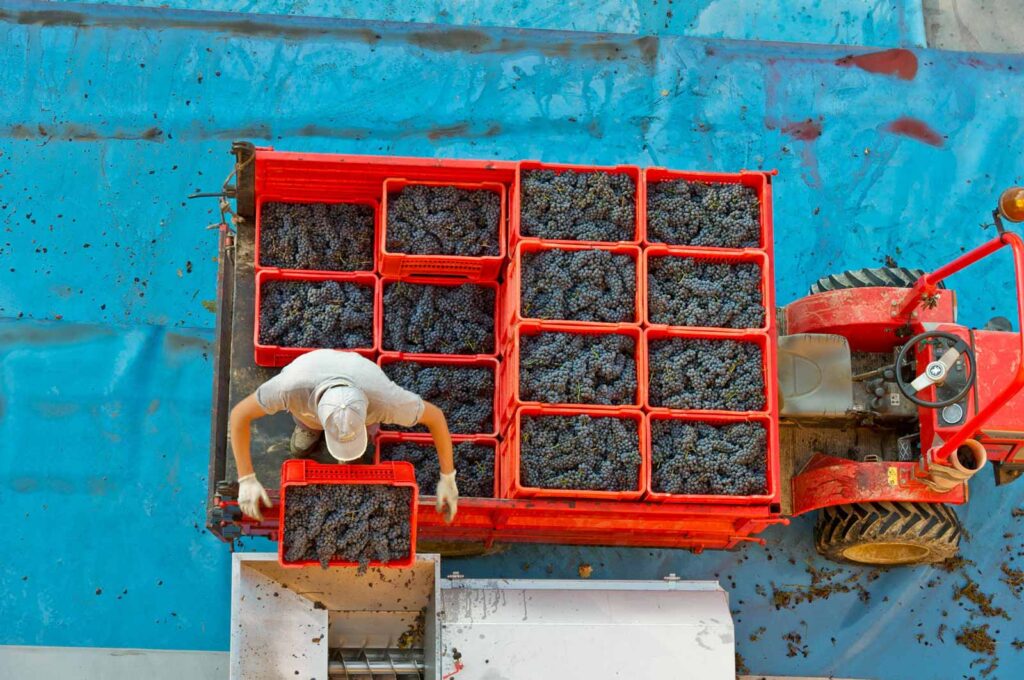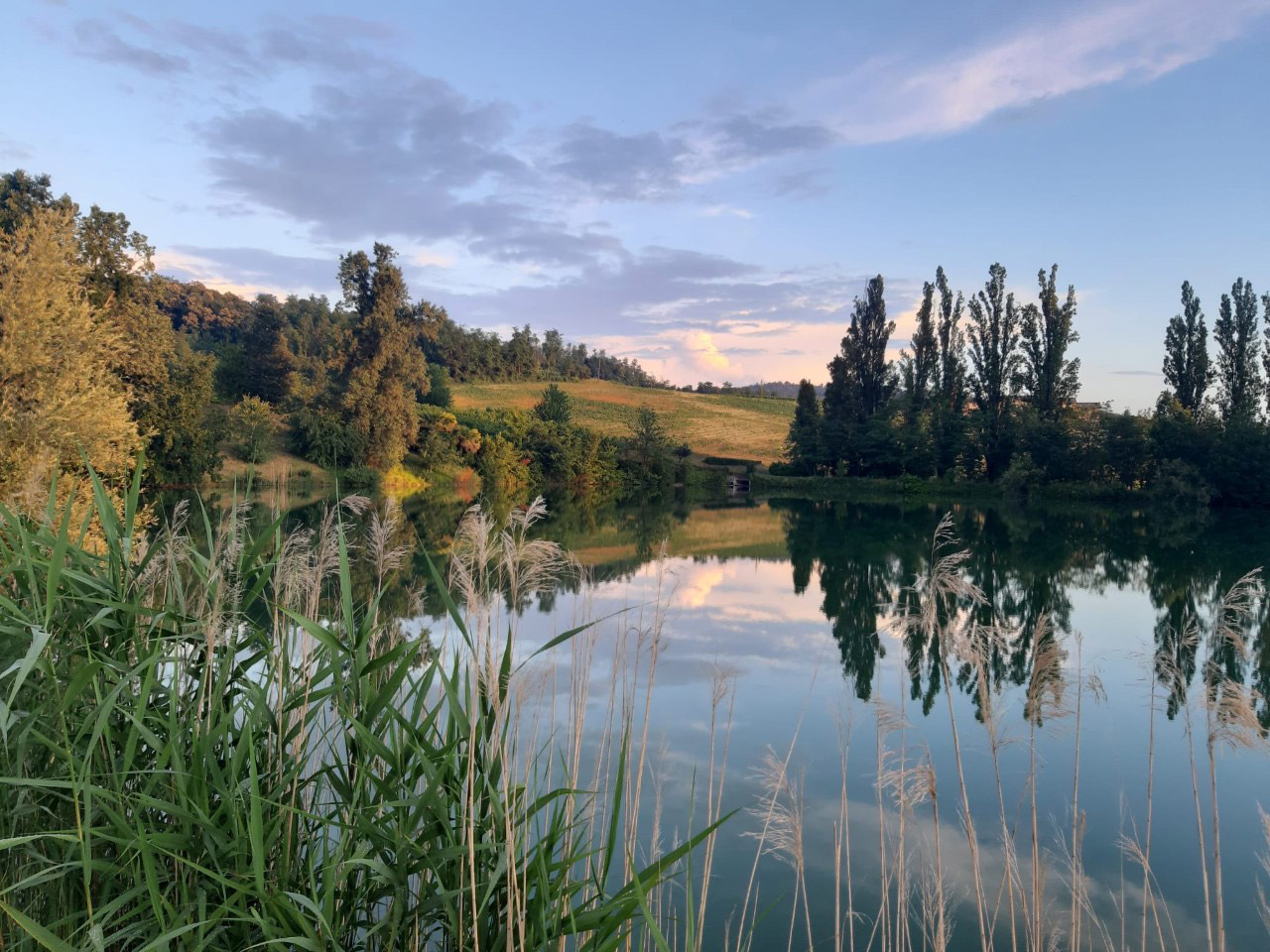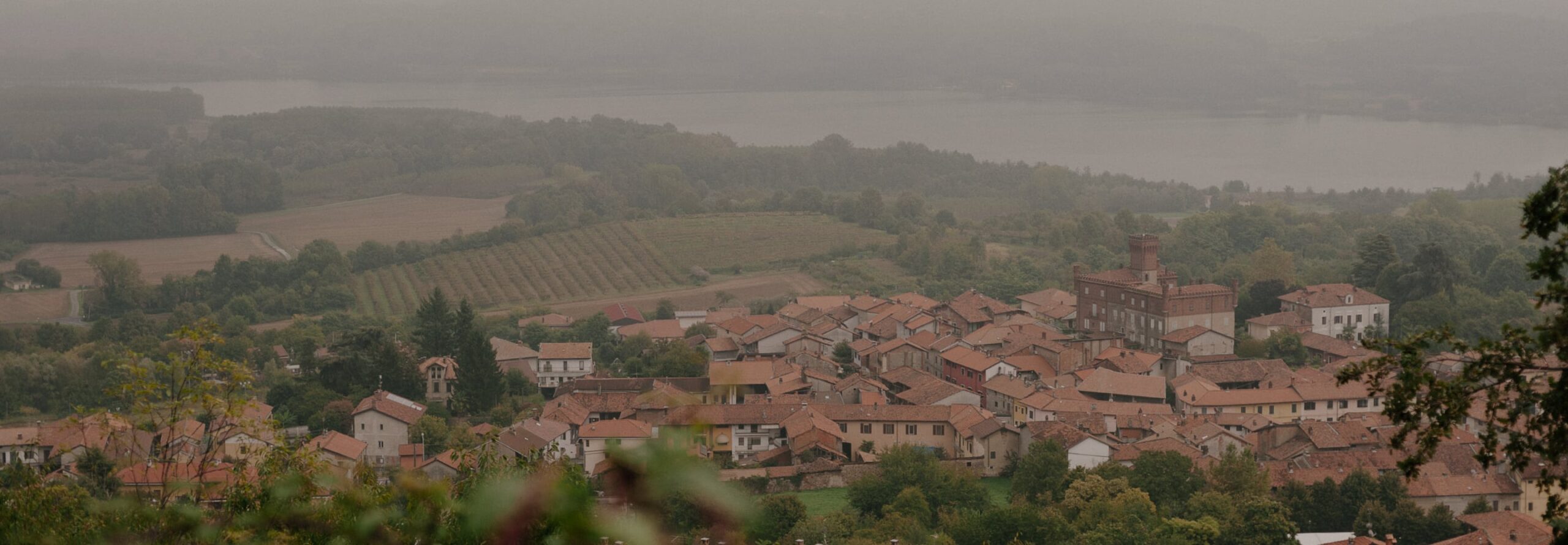At Rosenthal Wine Merchant, we have always taken great pride in finding maverick winegrowers in unsung regions and cultivating an audience for them stateside. On a different yet related note, it has been equally rewarding to meet producers working in commercially popular appellations who go far beyond their neighbors in the pursuit of excellence: the Crochet family in Sancerre, for instance, who harvest by hand and employ long lees-aging in a place where machine-harvesting is ubiquitous and wines are generally rushed into bottle; or Christophe Pueyo, whose “Tellus Vinea” is a low-sulfur, biodynamically grown Bordeaux Rouge that towers above its appellation peers (so many of which are wine-school concoctions made with the supermarket shelf in mind).
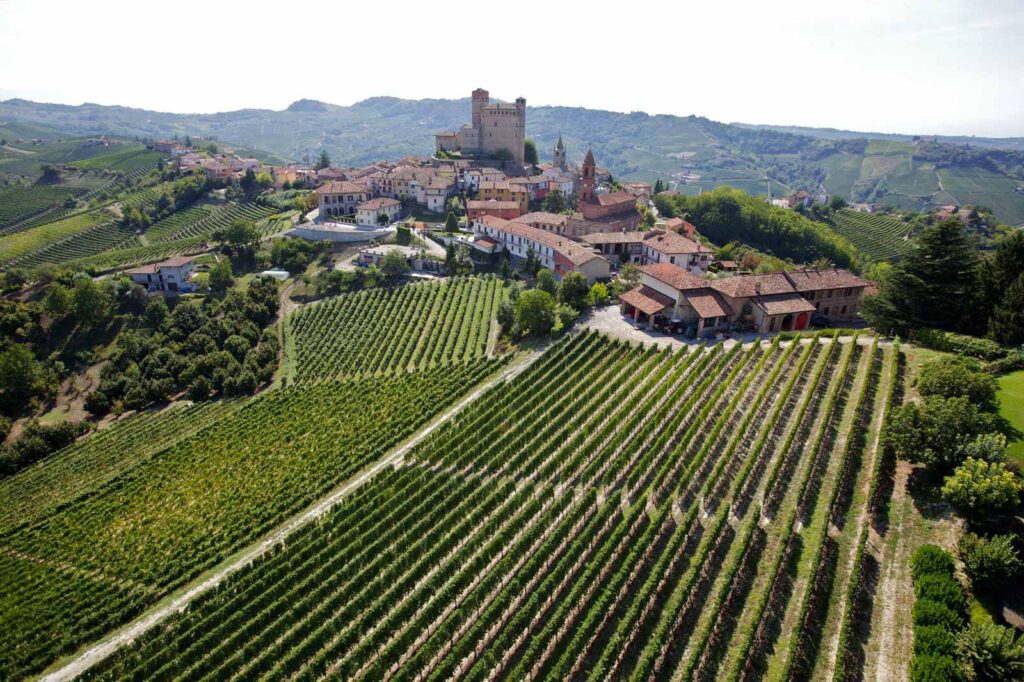
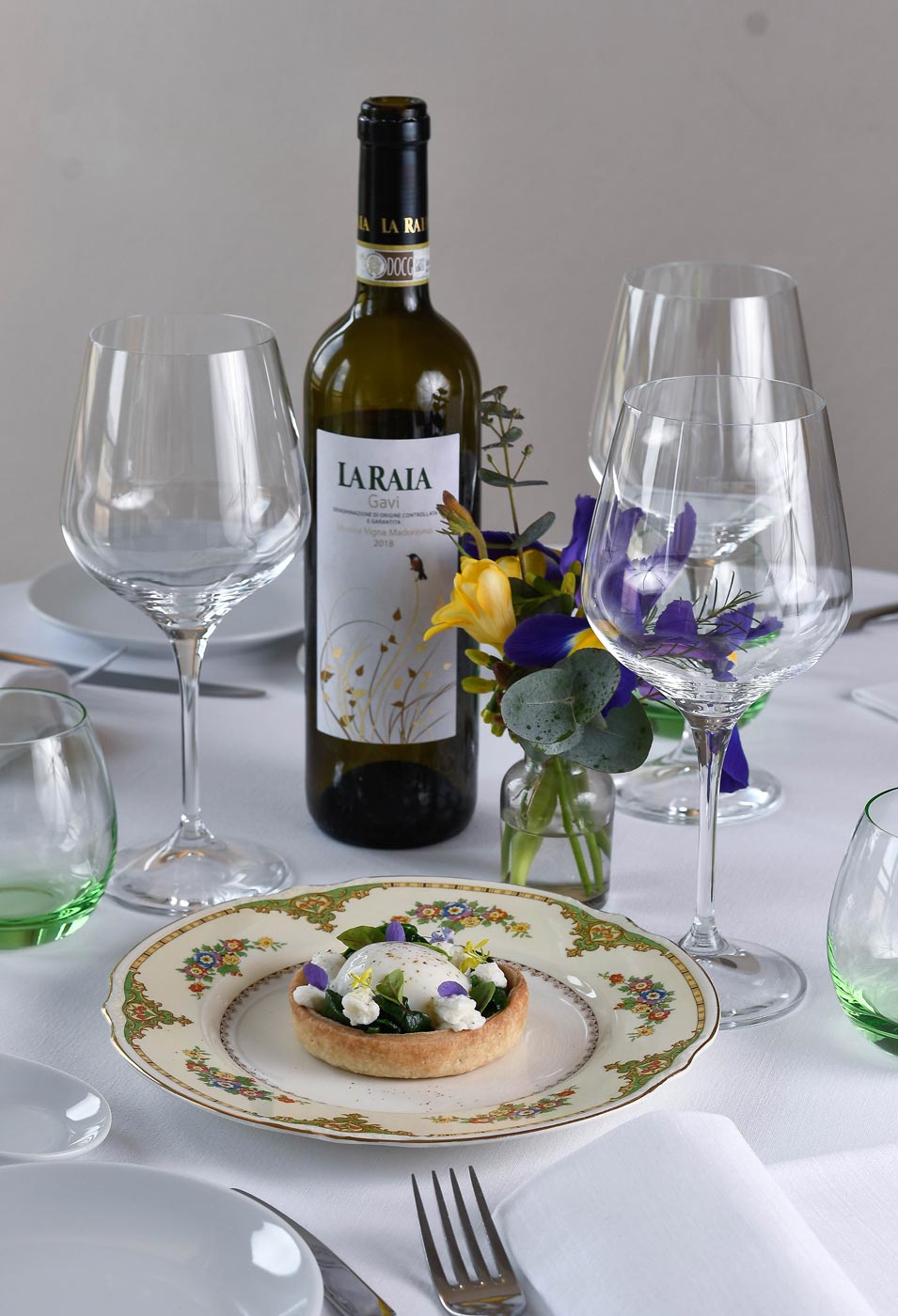
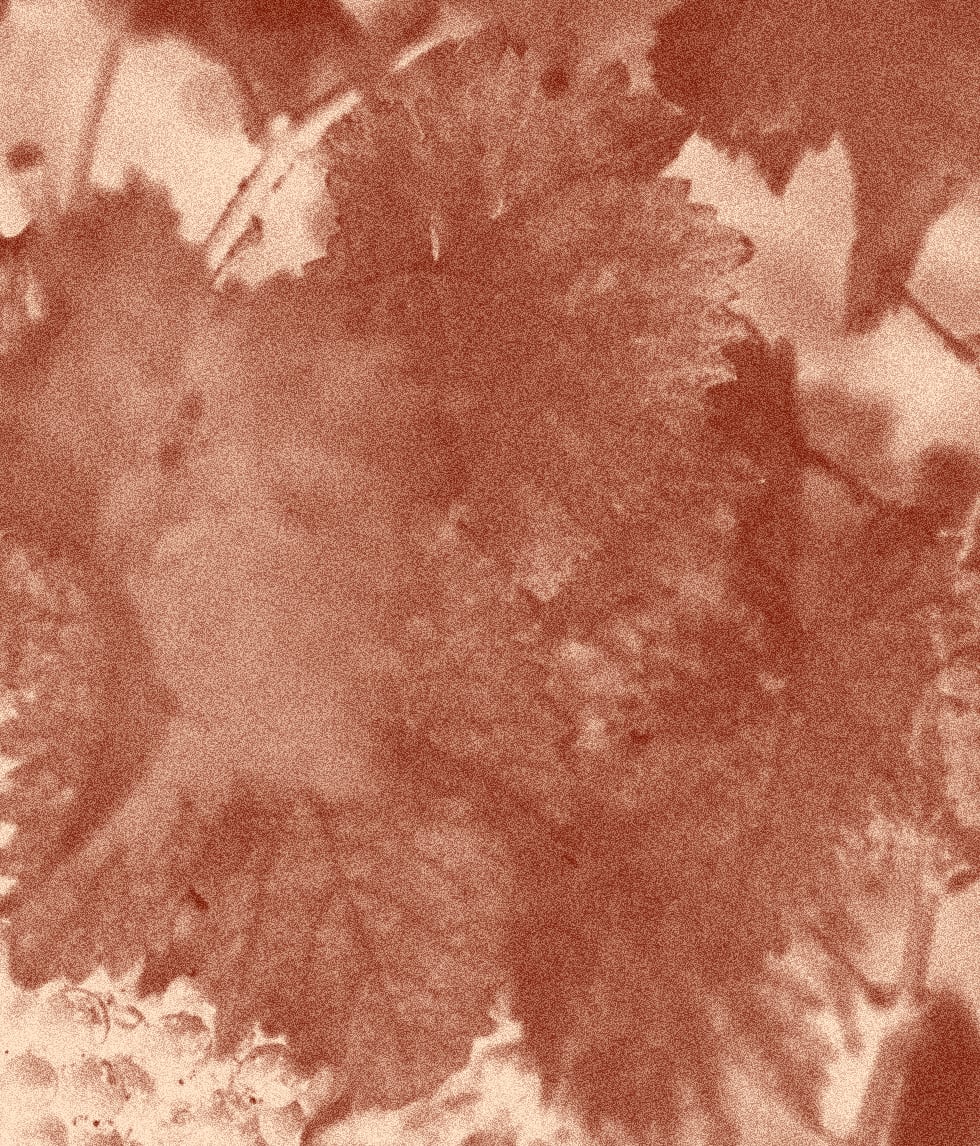
Gavi at its finest
It is with relish, then, that we begin our partnership with the La Raia estate in Gavi, in the rolling hills of Piedmont’s southeast. A fully functioning biodynamic farm, La Raia encompasses 180 hectares, with 48 hectares planted to grapevines and the remainder devoted to pastures and to woodlands of chestnut, elder, and acacia which teem with wildlife. La Raia was acquired in 2003 by Giorgio Rossi Cairo, who immediately converted the farm to biodynamics and obtained Demeter certification in 2007. Run today by Giorgio’s young and deeply committed son Piero, La Raia’s embrace of biodynamics extends far beyond winegrowing: they have a Waldorf school on the premises, as well as a home-delivery grocery business supplying organically grown produce to local clients.
Farming
Certified biodynamic
Treatments
Copper-sulfate only, cover crops sown between the vines
Soils
White calcareous clay with pockets of red volcanic soil
Vines
20 to 25 years old on average
Yields
Typically 60 to 70 hectoliters per hectare (the DOCG limit is 95 hl/ha)
Harvest
Entirely manual, mid- to late-September
Sourcing
Entirely estate fruit
Fermentation
Indigenous-yeast fermentations in stainless steel using a strain developed from their own vineyards
Pressing
Pneumatic
Malolactic Fermentation
Neither blocked nor encouraged; occurs 50 to 80% of the time
Élevage
Primarily in stainless steel on the fine lees, with a few special bottlings seeing a proportion of oak or clay jar
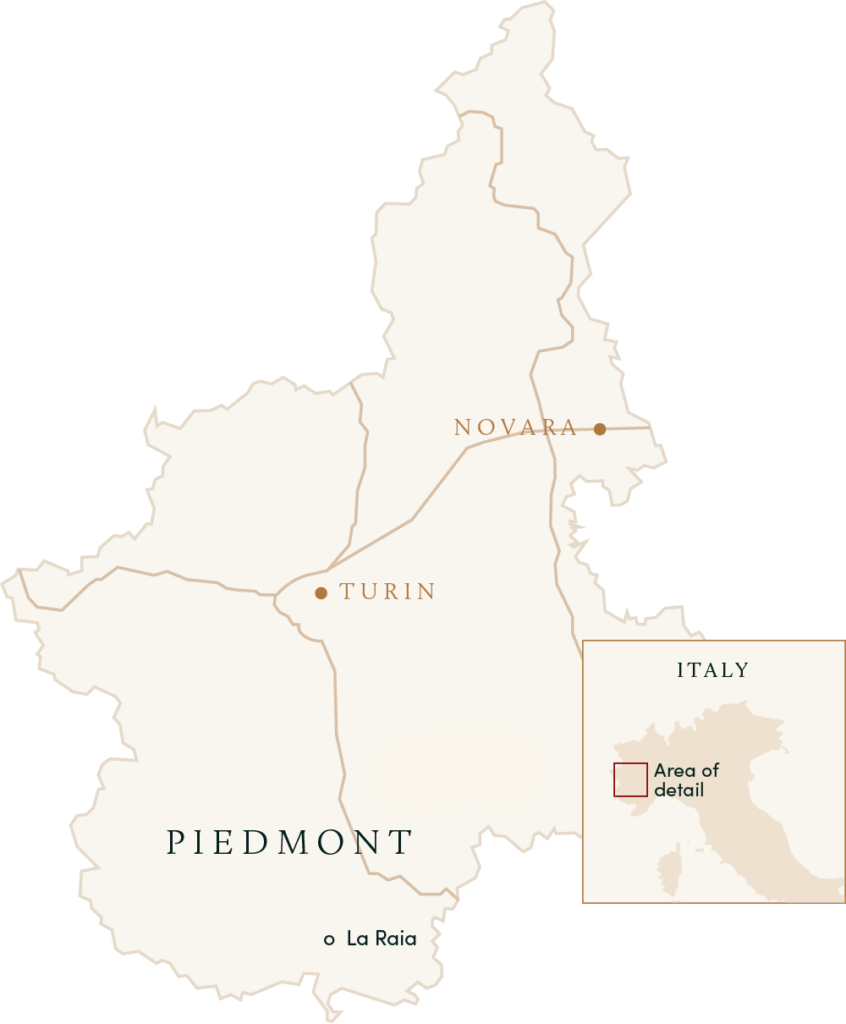
La Raia’s 48 hectares of vines are planted 90% to the local Cortese and 10% to Barbera
Optional caption text here lorem ipsum
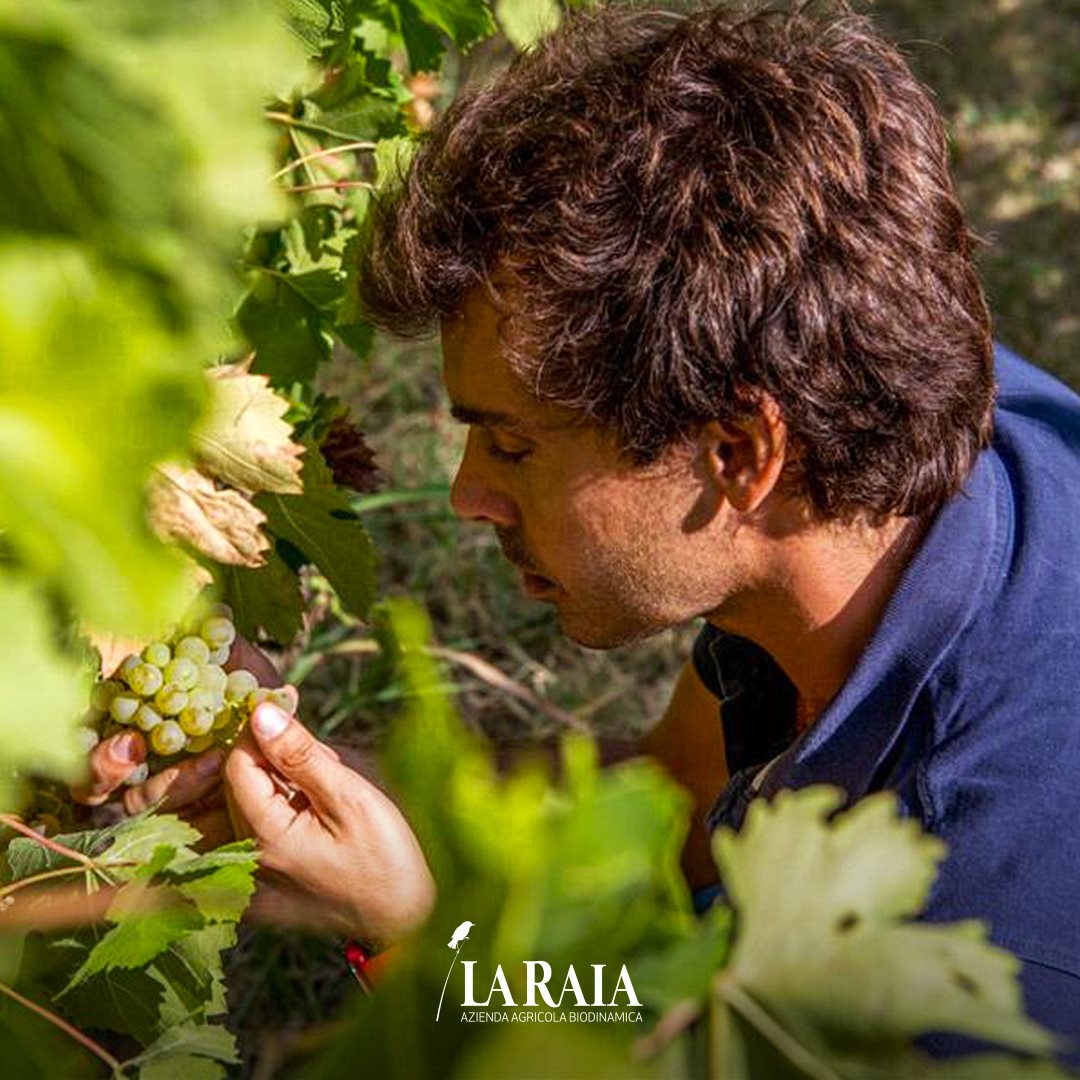
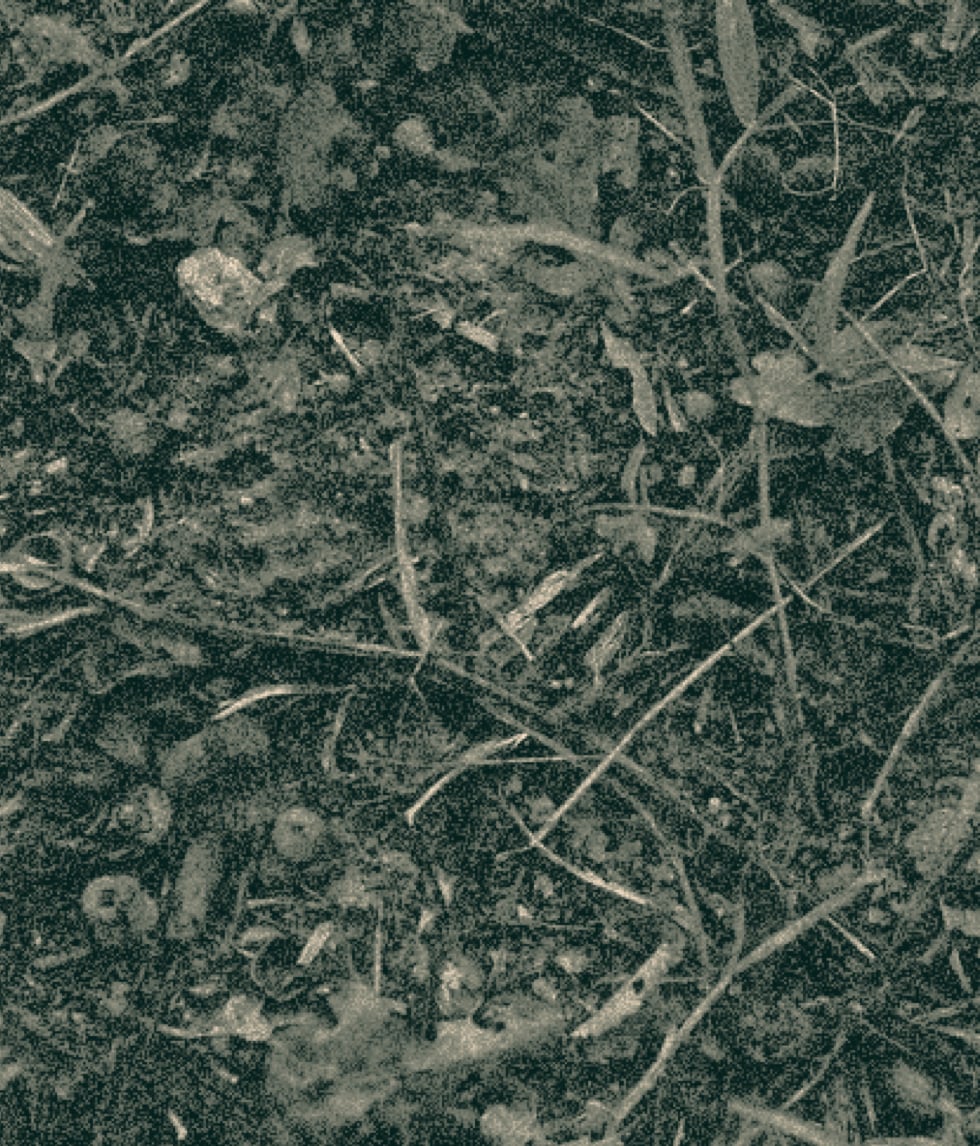
Giorgio’s young and deeply committed son Piero now runs the estate
The Rossi Cairo family’s commitment to sustainability extends even to the winery itself. Built using an ancient method known as pisé (“rammed earth”) developed in the Novi Ligure district in which La Raia is situated, the structure was made from clay excavated from fields surrounding the estate, which was batched by color and consistency then painstakingly layered and dried. This sort of thoughtful, meticulous approach to pre-modern-technological methods is the same that informs La Raia’s wines, which are produced in a consciously low-intervention manner yet which are clean, precise, and composed. Theirs are not boundary-pushing “auteur” Gavi; rather, they capture the fresh, likable, mineral-driven qualities that make Gavi so popular, yet with much greater depth and energy than is commonly encountered in the category. We are thrilled to welcome them into the Rosenthal Wine Merchant portfolio.
La Raia’s 48 hectares of vines are planted 90% to the local Cortese and 10% to Barbera, in a diverse array of soil types—mainly chalky clay, with pockets of volcanic-derived iron which give the soil a reddish hue. Gavi DOCG requirements stipulate a maximum yield of 95 hectoliters per hectare, but La Raia’s are between 60 and 70—a sweet-spot range which ensures concentration without sacrificing briskness. All parcels are picked by hand, with certain special vineyards bottled separately, and they are one of only four producers in the appellation to bottle a Gavi Riserva. All bunches are destemmed before pressing, and fermentation begins via an indigenous yeast strain which La Raia cultivated from their own vineyards. (Piero feels that outside yeast strains lead to particularly anonymous-feeling Gavi.) Malolactic is neither blocked nor induced, and while it occurs 50 to 80% of the time, the wines never feel unduly creamy or round. After a stint on the fine lees, the length of which varies according to the wine, the wines are bottled with a maximum of 40 milligrams per liter of sulfur dioxide.
